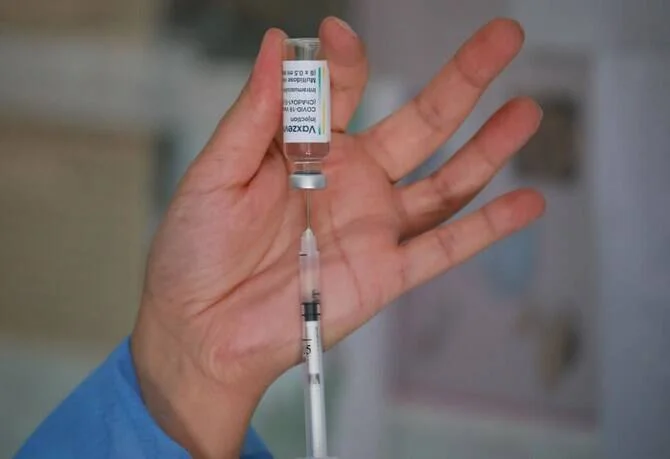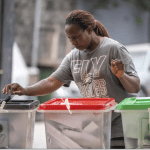On October 10, 2025, Senegal’s health officials reported 17 deaths from a severe Rift Valley Fever (RVF) outbreak. The Senegal RVF outbreak, declared on September 21, is the worst in decades.
Cases Surge in North
Dr. Boly Diop, RVF surveillance chief, confirmed 119 cases, mostly in northern livestock regions. “This scale is unprecedented,” he said, highlighting the Senegal RVF outbreak’s severity.
Disease Transmission Risks
RVF, a mosquito-borne virus, primarily infects livestock like cattle and goats. Humans contract it via mosquito bites or contact during animal slaughter.
The Senegal RVF outbreak endangers farmers and herders.
Severe Health Impacts
Most RVF cases are mild, but severe ones cause brain inflammation, vision loss, or fatal hemorrhagic fever. The Senegal RVF outbreak’s high death toll underscores its public health threat.
Climate Change Factor
Experts link the outbreak to climate shifts. Heavy rains and heat create mosquito breeding grounds, fueling the Senegal RVF outbreak and increasing future risks.
Historical Context
In the 1980s, Senegal’s RVF epidemic claimed over 200 lives. The current Senegal RVF outbreak prompts fears of similar devastation, spurring calls for immediate action.
Preventive Measures Urged
Health officials advocate livestock vaccination and mosquito control. These steps aim to curb the Senegal RVF outbreak, protecting both animals and vulnerable communities.
At-Risk Communities
Herders, farmers, and slaughterhouse workers face the highest risks. The Senegal RVF outbreak threatens their livelihoods, demanding swift intervention to limit further spread.
Congo Health Crisis: 200+ Facilities Face Medicine Shortages























